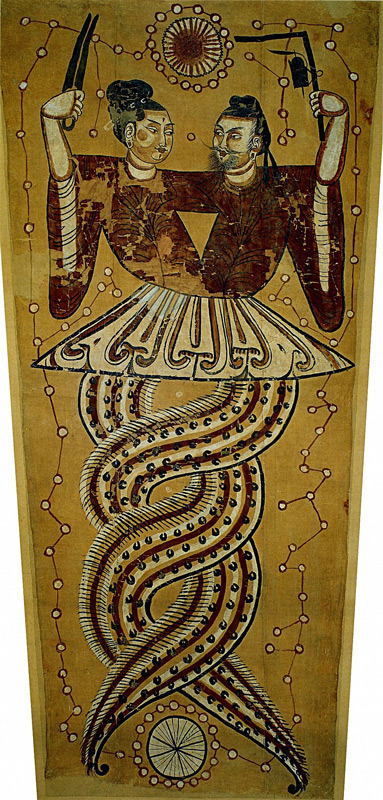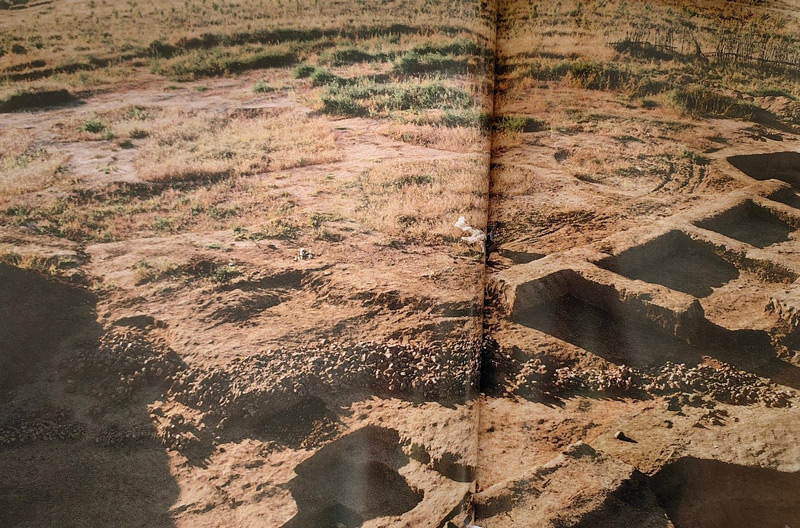Confucius
Institute
The Year of the Wood Dragon
Dragon Dance at Central China Normal University
In the realm of China's twelve zodiac animals, the dragon (Chinese: 龙, Pinyin: lóng) stands out as the only mythical creature. The dragon is believed to possess a serpentine body, lizard-like legs, eagle's claws, stag's antlers, fish's scales and tail, and tiger's whiskers.
Symbolizing kindness, wisdom, auspiciousness, and strength, the Chinese dragon was revered as the master of wind and rain, bestowing good luck and favourable weather upon the ancient Chinese. Chinese proverbs and idioms, such as "Crouching Tiger and Hidden Dragon" refer to hidden talents that are yet to be discovered (Chinese: 卧虎藏龙, Pinyin: wò hǔ cáng lóng); and "Hoping one’s child will become a Dragon" (Chinese: 望子成龙, Pinyin: wàng zǐ chéng lóng) expresses parents’ wish for their child to succeed in life.
The character "龙" is popular in many Chinese names and expressions. This cultural significance extends to delicious food like lobster (Chinese: 龙虾, Pinyin: lóng xiā), longan (Chinese: 龙眼, meaning the eyes of a dragon, Pinyin: lóng yǎn), and asparagus noodles (Chinese: 龙须面, meaning the noodles of a dragon’s whiskers, Pinyin: lóng xū miàn).
The origins of the dragon are subject to varying interpretations.
In ancient Chinese beliefs, people thought there was a powerful being in the sky who controlled the weather. This being “The Dragon” could make the wind blow and the rain fall, and create thunder and lightning. Over time, the dragon became more entwined with the farming society. The dragon was believed to have the power to gather clouds, make rain fall, prevent disasters, and bring good luck to the harvests.
Some people connect the dragon to “Fuxi” or “Fu Hsi” (Chinese: 伏羲, Pinyin: fú xī), the first mythical emperor of China around 2900 BC. According to the legend, Fuxi and his sister and wife, “Nüwa” (Chinese: 女娲, Pinyin: nǚ wā), played a crucial role in creating humanity. It was believed that they invented various cultural practices like music, hunting, fishing, and cooking. Additionally, they were credited with creating the Cangjie system of Chinese characters. Described as a being with snake-like features, Fuxi's image also later linked to the legends of dragon.
 (Fuxi and Nüwa. Image source: https://en.wikipedia.org/wiki/Fuxi)
(Fuxi and Nüwa. Image source: https://en.wikipedia.org/wiki/Fuxi)
Another viewpoint about the dragon's origin was associated with the legendary Yellow Emperor (Chinese: 黄帝, Pinyin: huáng dì) (2711 BC to 2599 BC), also a mythical figure as a ruler and cultural hero to have established the centralized state and set the foundation of Chinese culture. According to the "Records of the Grand Historian," a book between the late 2nd century BC and the early 1st century BC, the Yellow Emperor held a strategic meeting with the tribal leaders to form alliance. During this assembly, he combined the elements of the totems from each tribe and created a new collective symbol—the dragon—as a potent representation of unity.
In terms of archaeological discoveries, there is an 8,000-year-old dragon pattern found in Fuxin County, Liaoning province that demonstrates the early presence of dragon symbolism. This ancient artifact, crafted from reddish-brown stones and measuring about 19.7 meters long, affirms the enduring cultural importance of the dragon in Chinese history.

(The dragon pattern of reddish-brown stones. Image source: http://m.eeo.com.cn/2023/1201/616378.shtml)
The dragon dance likely started during the Han Dynasty (202 BC – 9 AD and 25 – 220 AD) as a ritual for honouring ancestors and praying for rain. From the Tang Dynasty (618 AD – 907 AD), the dragon dance became a popular performance during major celebrations such as the Chinese New Year and the Dragon Boat Festival. These days, the dragon dance has indeed been transformed into a crowd-pleasing entertainment in major events.
Entering 2024, this is “the Year of the Dragon”. There are five elements (wood, fire, earth, metal, and water) within the Chinese zodiac. The element of “wood” will take the centre stage this year that symbolises calmness, harmony, and growth.
Happy Year of the Wood Dragon!
The University of Newcastle acknowledges the traditional custodians of the lands within our footprint areas: Awabakal, Darkinjung, Biripai, Worimi, Wonnarua, and Eora Nations. We also pay respect to the wisdom of our Elders past and present.